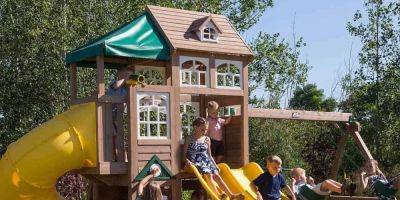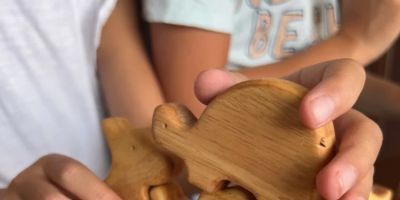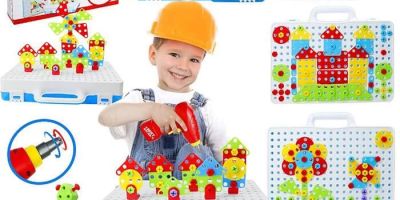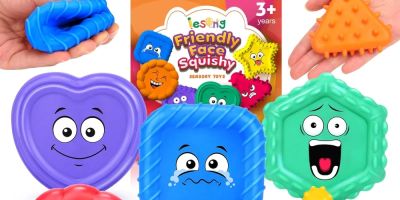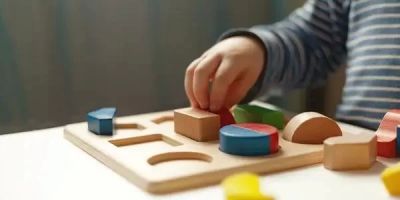- 1-how-toys-support-early-childhood-development
- 2-key-development-milestones-and-toy-influences
- 3-types-of-toys-and-their-specific-benefits
- 4-real-life-examples-showing-toys-impact-on-child-growth
- 5-expert-advice-on-choosing-developmentally-appropriate-toys
- 6-where-to-find-quality-toys-for-child-development
1. How Toys Support Early Childhood Development
Toys play a crucial role in helping children reach important developmental milestones. Far beyond simple entertainment, thoughtfully designed toys stimulate cognitive, motor, social, and emotional growth during critical early years. Each interaction with a toy offers a unique opportunity for learning and exploration, fostering skills that form the foundation for lifelong development.
Understanding how toys influence these milestones helps parents and caregivers make informed choices, ensuring playtime becomes a powerful tool for growth. For example, a simple stacking block not only entertains but also enhances fine motor skills, hand-eye coordination, and problem-solving abilities.
1.1 The Role of Play in Child Development
Play is the natural way children learn about their environment. Through play, they experiment with cause and effect, practice social interactions, and develop language and reasoning skills. Toys serve as vehicles for this process, providing safe and engaging platforms that encourage curiosity and creativity.
1.2 Developmental Milestones and Play Activities
Each stage of childhood is marked by specific milestones, such as grasping objects, crawling, speaking, or problem-solving. Toys designed to target these stages can accelerate progress by encouraging children to practice and refine new abilities.
2. Key Development Milestones and Toy Influences
Recognizing the milestones children typically achieve within certain age ranges is essential for selecting toys that support those goals effectively.
2.1 Motor Skill Development
From birth to toddlerhood, toys that promote grasping, reaching, and manipulating objects aid gross and fine motor skills. Examples include rattles, soft blocks, and pull toys that encourage movement and coordination.
2.2 Cognitive and Language Growth
Puzzles, shape sorters, and interactive books stimulate problem-solving and language acquisition. These toys help children recognize shapes, colors, and sounds, setting the stage for later academic skills.
2.3 Social and Emotional Development
Role-playing toys like dolls, action figures, and pretend kitchen sets nurture empathy, cooperation, and communication. Through imaginative play, children explore relationships and express emotions safely.
3. Types of Toys and Their Specific Benefits
Different categories of toys uniquely contribute to child development, making it important to offer a variety of play experiences.
3.1 Sensory Toys
Sensory-rich toys such as textured balls or musical instruments engage multiple senses, enhancing sensory processing and integration.
3.2 Construction and Building Toys
Blocks, magnetic tiles, and LEGO sets promote creativity, spatial awareness, and fine motor skills, encouraging children to visualize and construct structures.
3.3 Educational Electronic Toys
Interactive tablets or learning pads introduce letters, numbers, and basic concepts in an engaging way but should be balanced with hands-on play to avoid screen overexposure.
4. Real-Life Examples Showing Toys’ Impact on Child Growth
Consider Emma, a toddler who struggled with hand coordination. Her parents introduced stacking and sorting toys recommended by early childhood specialists. Over months, Emma showed remarkable improvement in dexterity and attention span. Such stories highlight how the right toys can unlock developmental potential.
Another example is a preschool classroom that incorporated role-playing and building toys into daily activities. Teachers noticed enhanced social skills and collaboration among students, demonstrating the profound influence of play on social-emotional learning.
4.1 Case Study: Accelerated Language Skills Through Interactive Play
In a family setting, parents used picture books and sound-based toys to engage their child actively. This consistent exposure led to early word recognition and communication, showcasing the importance of interactive toys for language milestones.
5. Expert Advice on Choosing Developmentally Appropriate Toys
Experts emphasize selecting toys that align with a child’s age, interests, and developmental needs. Toys should be safe, non-toxic, and stimulate various skills without overwhelming the child.
5.1 Avoiding Overstimulation and Screen Dependency
While educational electronics can be beneficial, overreliance on screens may limit active engagement. Balanced playtime with physical toys is crucial for holistic development.
5.2 Encouraging Open-Ended Play
Toys that allow multiple uses and creative expression are highly recommended. These promote problem-solving, imagination, and adaptability, which are essential for lifelong learning.
6. Where to Find Quality Toys for Child Development
Parents and caregivers seeking reliable and developmentally suitable toys can explore Knight Toys, a trusted provider offering a diverse selection tailored to various milestones. Knight Toys not only supplies products designed with expert input but also offers guidance to help families make the best choices.
Choosing toys from a reputable source ensures safety and effectiveness, enabling children to thrive through play that supports their growth journey.

